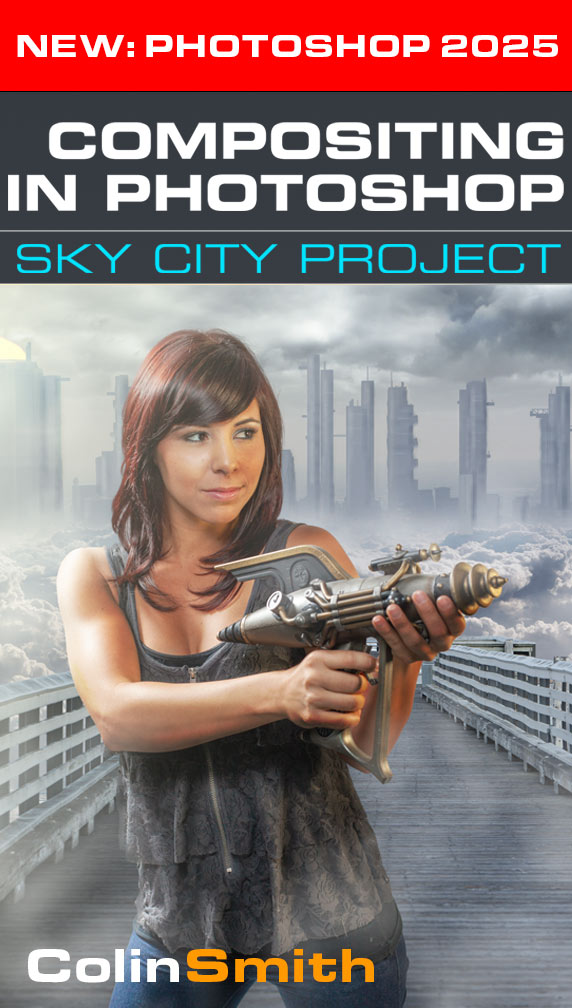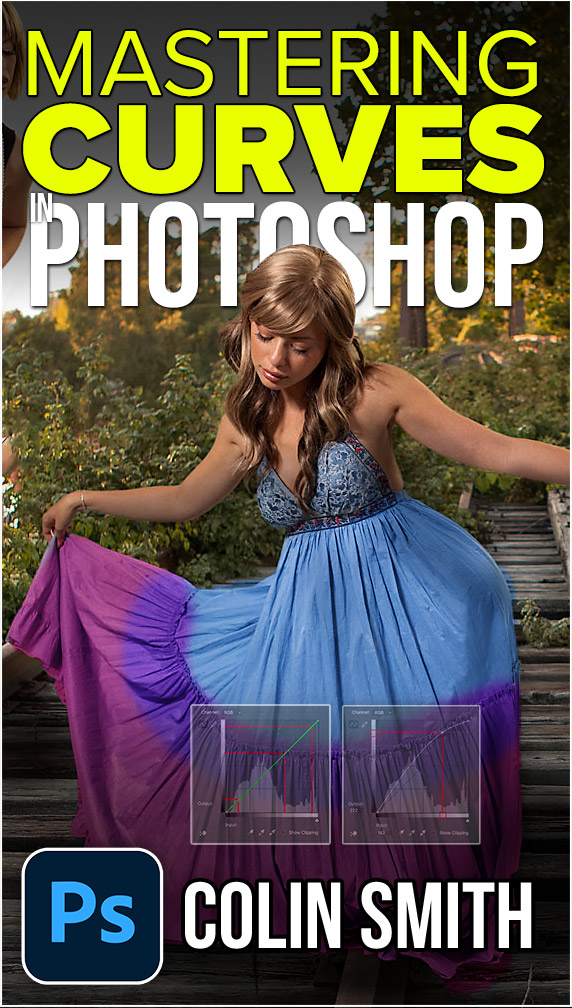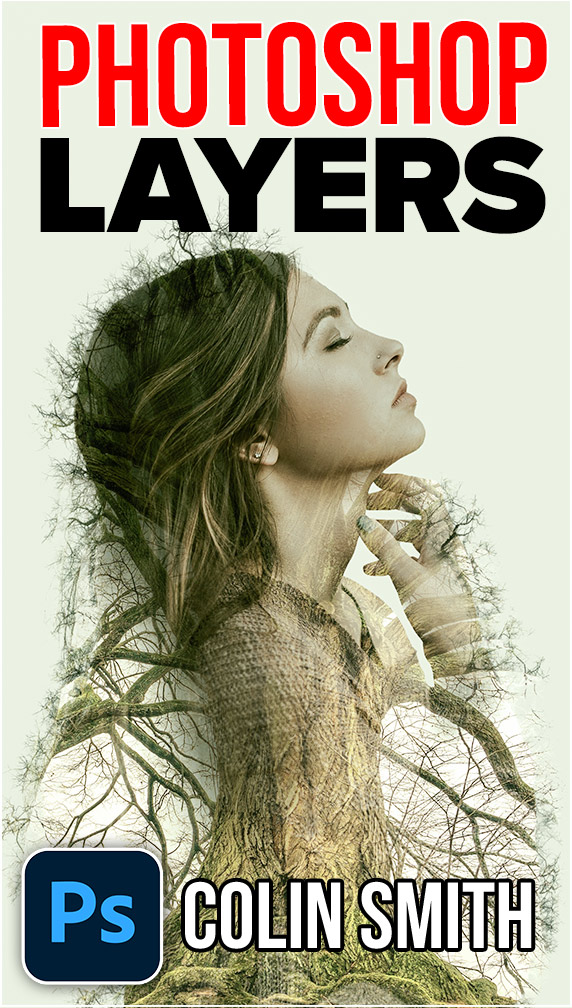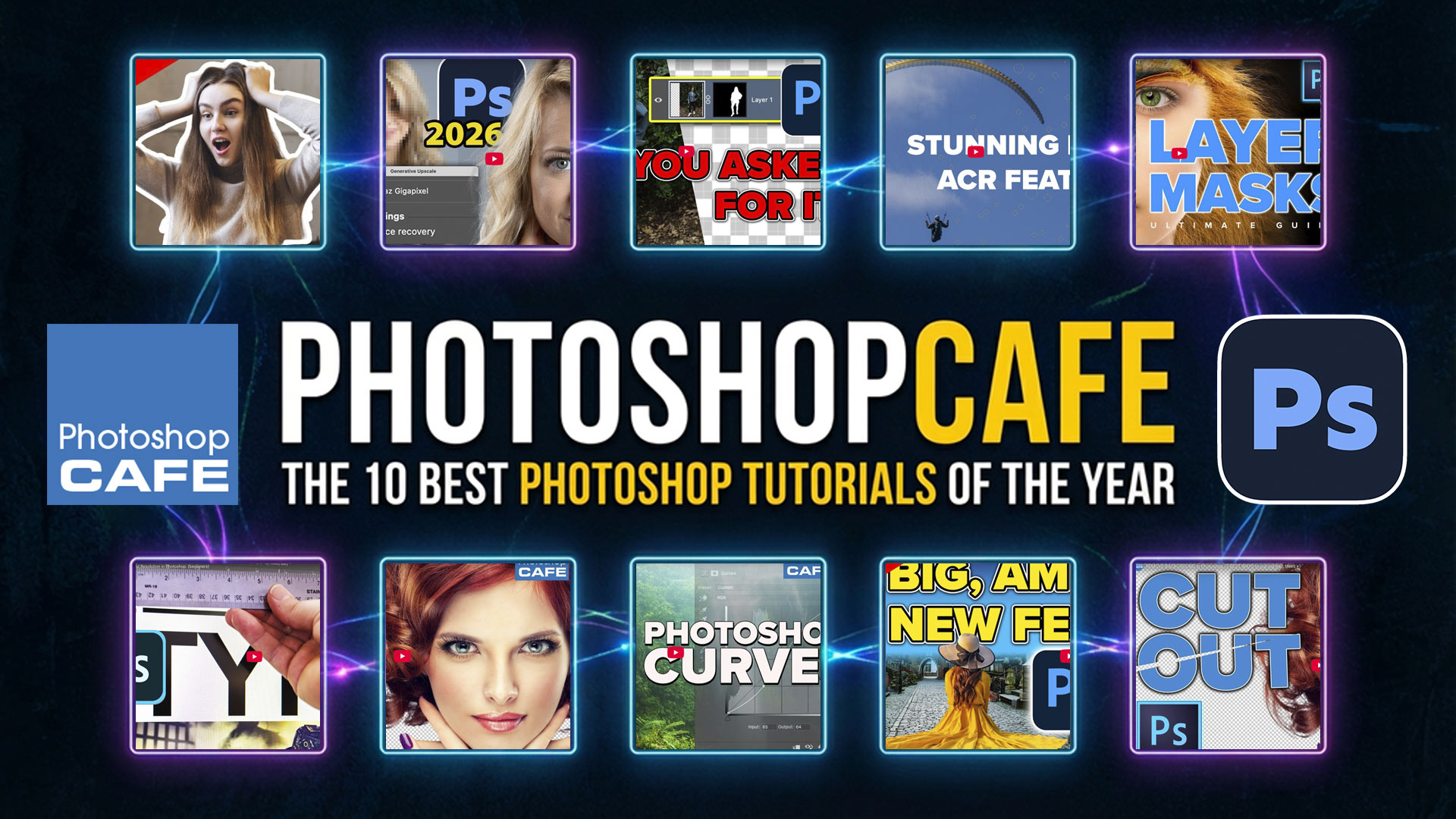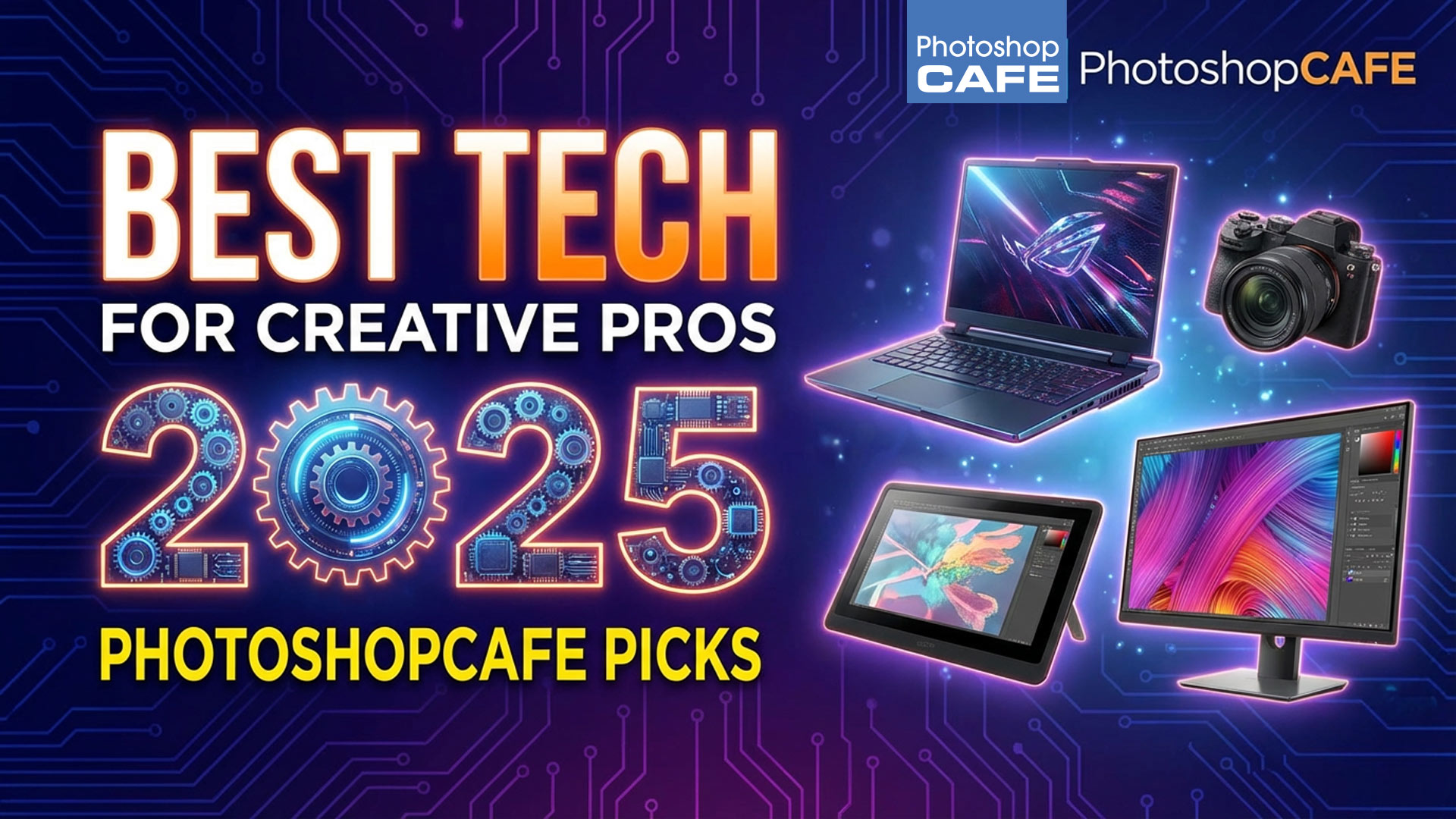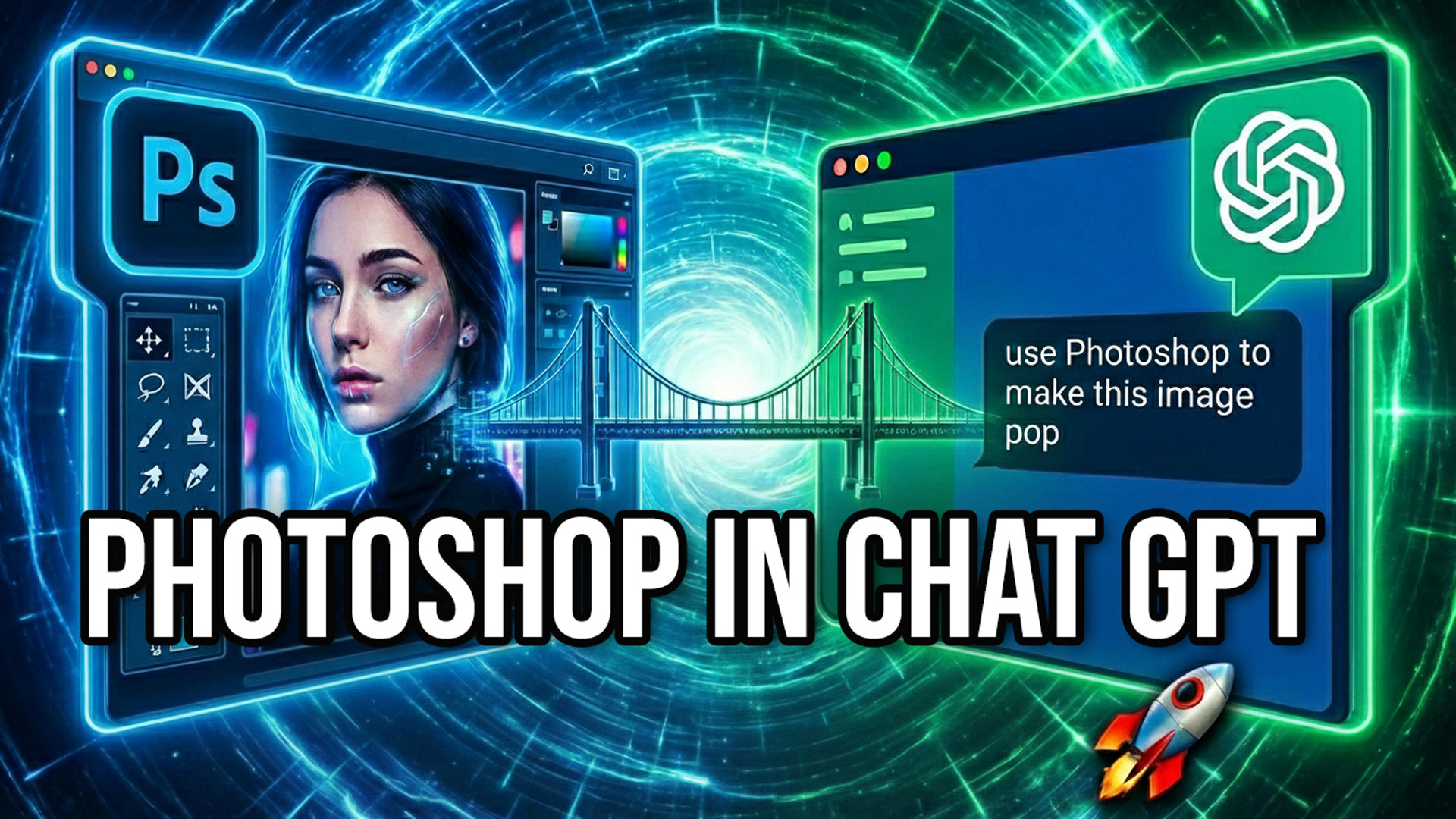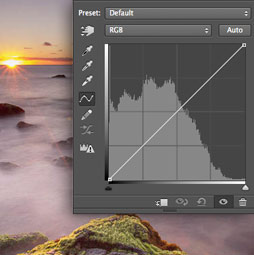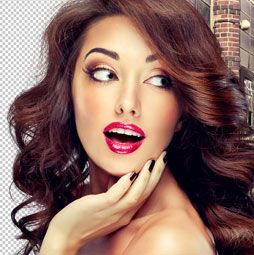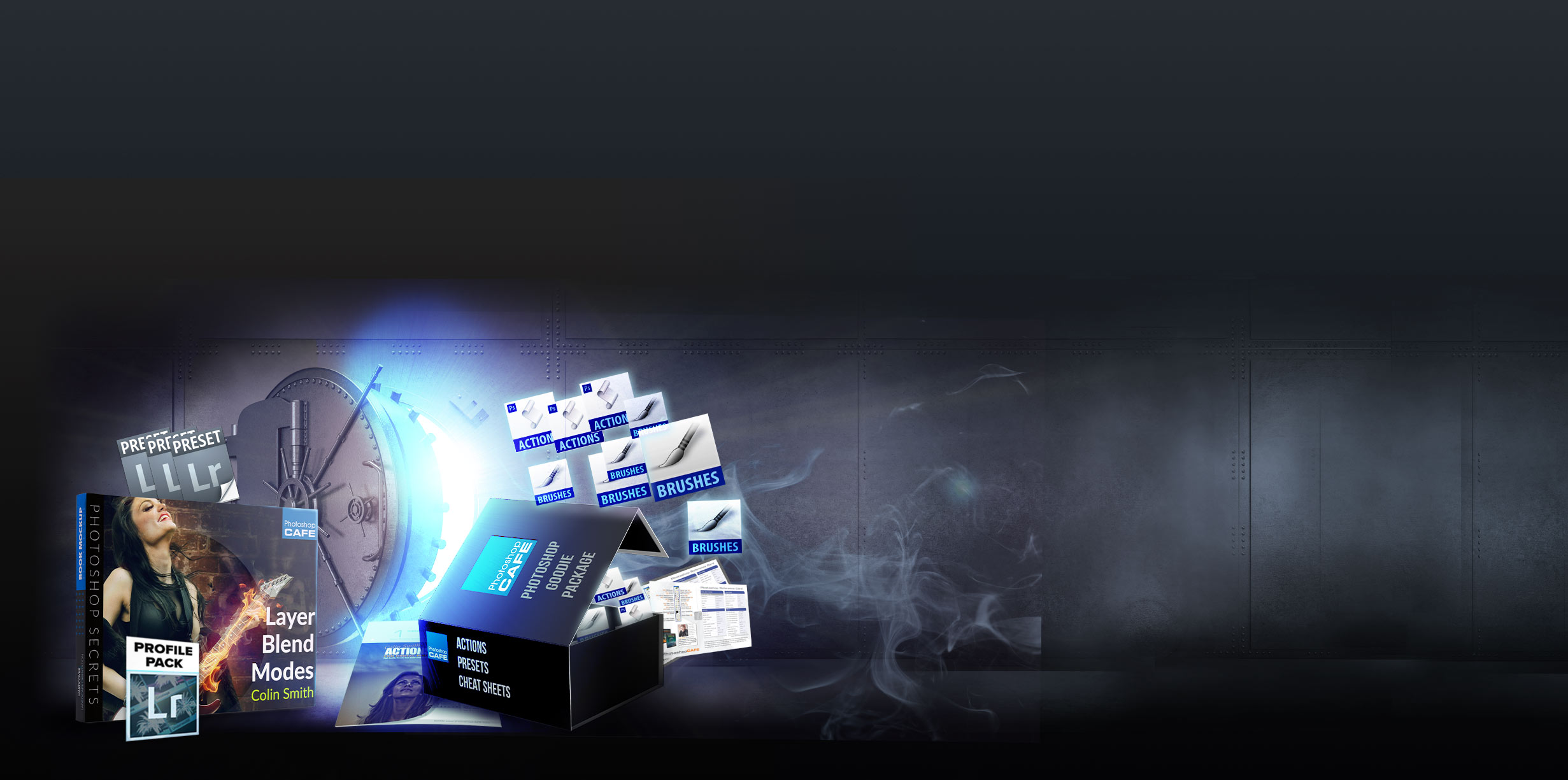Dave Guertin and Greg Baldwin from Creaturebox.


A few years ago, on a particularly hot spring day, Dave Guertin and Greg Baldwin pondered the possibility of joining forces. Sharing a fascination with monsters, spacemen, and everything in between, CreatureBox crawled to life. Over the last three years, the venture has provided a manic peek at the collaborative development of characters for video games, comics, television and film. At CreatureBox.com, Dave and Greg continue to debut their weekly trials and tribulations while in search of innovative design. The site continues to be a hub for critiques, discussions and the occasional mindless rant on the various aspects of character design.
Tell us about working in the games industry. As a concept artist, how does this role fit into the process at Insomniac Games?
Greg
We generally refer to our process as a pipeline. It’s a good way of describing the flow of content from start to end. Our role is really very close to the inception of any idea. We work closely with a lot of different people to help put a “face” to an idea. Most often, we’re problem solving just as much as we are making something look nice.
Our job is to find a way to take something very disjointed or fractured and glue it all together into a package that seems unique, integrated and consistent with the ideas we’re trying to convey in the game experience. It’s a bit overwhelming at times; a lot of the pressure is on the concept artists to pull off what can feel impossible.
If we’re successful, it can mean great things for the game. We’re kind of like salesman selling an idea. A good design can really spark a lot of excitement and new ideas from the rest of the team. Once that happens, the design gets a lot of attention from a lot of really talented people in other departments and the then whole team is likely to create something really unique and innovative. And of course, if this doesn’t happen, you can be sure I’ll be seeing that design come across my desk again! Getting the team excited about an idea is my favorite part of our process.
Dave
In most cases during development, Concept Artists develop visuals for an assortment of game components including characters, environments, props, cinematics, and marketing materials. Many times, group brainstorming sessions serve as the seed for the imagery as the overall direction for the game is defined. Most concepts come in the form of Level Packets which mirror that of feature animation production. Each packet provides a visual roadmap where each discreet area of the game has been fleshed out with roughs, drawings, and paintings. From here, Environment and Characters artists work their magic and interpret the images in 3D complete with high resolution models and textures. The entire process is extremely collaborative which makes for a pretty dynamic workday.
The games industry can be a very wild, exciting, and unpredictable place. Each day presents new challenges both creatively and technically as the team works to meld millions of pieces together into one cohesive interactive package. In many respects these challenges keep each day interesting and provide countless opportunities for growth–and while some days I’d like to hide under my desk and wait for the storm to pass, it’s been fantastic to work with such a talented group of people.

CreatureBox.com is a really exciting and fun site. Can you tell us more about it… How did CreatureBox come to be and what are your goals for it?
Dave
I remember CreatureBox starting with a fairly simple: “Hey what do you think about doing a blog together?” At the time, I don’t think either of us had any clue what that meant but we decided to jump in with both feet. We knew from the beginning our sensibilities were in very similar places (how can you go wrong with monsters and spacemen?) which provided a great stage to push each other into new techniques and styles. At the heart however, CreatureBox has always been about collaboration–two guys joining forces to fight some pretty tough and exhausting creative battles. Much of this would be impossible without the trust and honesty we’ve cobbled together over the last 7 years. Our mildly odd couple relationship continues to be one part support and one part kick in the pants.
The site has really taken on a life of its own over the last couple years which have been fun to watch. Ultimately we feel responsible for posting new designs on a regular basis which has been one of the greatest motivators a designer could ask for. As far as the future, we’ve been fortunate to have a growing fanbase who continually support the site and grab our yearly sketchbooks. We have some plans for larger publications and look to get those wrapped up as soon as we can.
Greg
CreatureBox has developed into a place where we can try out things we have never done before. I think initially we were just trying to impress people to get traffic. But we quickly lost interest in that and just tried to let it be our own playground. It’s a lot more honest and the work really started to shift at that point. We’ve worked really hard to keep CreatureBox a place where we can share new ideas and really be ourselves. It’s pushed us in directions I don’t think we would have experienced without it.
Getting online and really putting ourselves out there has lead to meeting some of the world’s greatest character designers, the chance to work on amazing projects and still continue to grow as artists. Where it will go is a bit up to fate. I think on a weekly basis, we have some new dream or aspiration for what it could become. We can’t put an actual growth model on it or anything like that, but everyday it’s more than it was the day before. Most days we feel like we’re watching CreatureBox as much as everyone else. It really has taken on its own identity.
When producing artwork, can you give us a walkthrough of your process and how tools come into play?
Greg
We wish we could say there was some magical new process that the digital world has offered. Believe us, we looked for it. The truth is, we start and end very much the way drawing and painting has been taught for centuries.
Dave and I are always looking for that new technique that will excite us and allow us to get to the end product we’re imagining. Each piece we start seems to beg for something new, or at least some new little twist. Often we’ll see something successful in another piece that we’ve been struggling with ourselves and we set to work on absorbing as much as we can so we can bring a better sense of resolve to our work.
We usually start off any design with a good bit of banter back and forth about what is important and what we need to be concentrating on to make the design something that we have never done before. We try to gather reference if need be; usually we try to find things that have nothing to do with our initial ideas. We look for things that are not obvious. Those initial ideas that easily solve the problem are usually things that have already been done before. We strive to always create designs that solve problems in new ways. That’s really the hardest part of getting started. It’s always funny to admit how much time we spend just yapping about an idea before we even start. Dave and I are very much opposites, so we tend to argue a lot over designs, this keeps us coming to the table with our best ideas or risk getting smacked down. It’s all for the greater good! Then we start sketching.
Dave
Over the years, during the ins and outs of production, we’ve pounded away at simplifying our workflow as much as possible. There are certainly numerous benefits to working digital–especially in environments where revisions are frequent. But at the end of the day, as many have said before, computers should serve as tools not crutches. The importance of core art principles including rhythm, balance, and clarity are universal and remain at the center of our process.
For digital, our tools of choice include Cintiq 21ux tablets, Autodesk Sketchbook 2010 for drawing, and Photoshop for painting. This combination has served us extremely well which merges Sketchbook’s amazingly natural and silky smooth brush engine with Photoshop’s painting muscle. With Wacom pen in hand, virtually every image begins with small thumbnail silhouettes. Starting tiny requires a clear read of shape and personality and allows for a rapid exploration of ideas. In virtually every respect, the silhouette serves as the foundation and must bear the weight of all the remaining details and color. No amount of noodling will correct a broken structure. With the foundation poured, we’re ready to move onto the supporting details which include anatomy, clothing, and props. By simply scaling our chosen silhouette in Sketchbook much of this work can be applied to a new layer allowing for a considerable amount of exploration without compromising the core rough shape.
With the rough drawing established, final linework is completed on a new layer and includes additional refinements to the line weight and detail while pushing the clarity of the design. In many respects this is where Sketchbook’s brush engine shows a tremendous amount of fidelity. We have yet to find an illustration program with the same degree of drawing fluidity, speed, and responsiveness.
Next up, the drawing is saved from Sketchbook as a .PSD and painted in Photoshop. Although digital, our painting process tends to follow teachings centuries old. Each piece begins with palette exploration in the form of flat colors. This helps create an identity for the piece while refining a global focus. With color established, we put to use some general color theory principles including compliments, warm / cool contrast, and discords to render the image. Depending on the piece, shading may live on their own layers to allow for further adjustments but ultimately we try to keep the process as organic as possible. Happy accidents can be a very welcome friend!

What are the key factors that have made an all digital process possible for you?
Dave
My move to a fully digital workflow was a gradual journey as the hardware (specifically Wacom) evolved. In college, I began with a Wacom ArtZ II, which then jumped to the first two versions of the Intuous line. Compared to a mouse, the tablets were a revolutionary change for digital painting. Coupled with the pressure sensitivity, I thought I was set for life. The more I worked however, I realized I couldn’t hit the drawings I was after due to the hand / eye disconnect. As a result I stuck with my art table for drawing and reserved the tablet and computer for painting.
With the first major price drop of the Wacom 18sx I was able to convince Insomniac to pick one up for me to test. While it wasn’t perfect, I could see a lot of potential yet I was still hitting a significant roadblock. Every drawing application I tried lacked the responsiveness and fluidity of drawing on paper. Finally, I stumbled across Sketchbook 1.0 and was blown away by the feel of the pen–snappy with finesse. Originally marketed for Tablet PCs, the software was a bit under the radar but I found the pairing of Sketchbook and the 18sx to be the closest yet to a traditional workflow. After some soul searching, I finally lowered the pitch of my studio art table and worked on the computer full time. Since then, the 21ux has been a blessing and Sketchbook is back in full force with a ton of new features.


Greg
I think it’s important to point out that going all digital was not a goal. It was actually a little heart breaking to be honest. But the demands of a rigorous work environment really forced us to continue to look for ways to make our lives and the lives of those who depended on our work more efficient. That said, as the hardware and software evolved, we quickly embraced the new possibilities that working digitally offered. In the end, I think the ability to try new things like color palettes, design choices and finishes uninhibited has really allowed us to grow much faster than we would have if we had stuck to traditional mediums.
Changes to designs are inevitable. In my traditional days, making that change sometimes meant starting over, or at the very least, destroying the artistic integrity of a piece to satisfy the end product. But by moving all digital, we have developed processes that allow revisions easily without sacrificing the work we have already put into the design. Being able to quickly generate multiple ideas with color variants is fantastic. I’m always amazed when I think I’ve settled on the best design, I’ll do a few variants and I almost always like one of the other choices better. I cringe to think what I would be missing in my designs if I was held back by the medium.
Cost is always a real issue with all digital. It’s always an issue when new technology comes out. Time and time again, we have found that the initial investment upfront ends up saving time and money down the line.


Your personal work often has fantastic, whimsical subject matters. Personally, what drives your art?
Dave
Like most kids born in the 70’s I was raised on a healthy diet of 80’s cartoons, comic books and video games. For all the strangeness back then (I’m talking to you DEVO), it was an awesome time to grow up. I often think back to how I felt digging through new comics from the shop or how excited I was by the colored Sunday newspaper strips. To this day, I think Calvin and Hobbes truly exist.
When I’m at the table, I tend to wrap myself in those old thoughts and feelings while merging bits and pieces of “today”. I look to find traits to exaggerate while taking a slightly warped peak at the world. I always love to talk with viewers outside our “target audience” to see what elements stand out. My grandmother for example says that “I like to put hats on everything.” To me this can be some of the most valuable feedback out there–and hey, who doesn’t like hats?
At the end of the day, it would be an amazing privilege to provide some entertainment for kids in the same way I had growing up. In an age dominated by cell phones and American Idol, the funny papers could still have a lot to offer (even if they’re being read on a fancy holographic tablet).
Greg
I grew up sort of sheltered from the mainstream barrage of cartoons and toys. I saw them; I envied every kid who had the Generation 1: Optimus Prime or the G.I.Joe Battleship. My parents weren’t too invested in spending their money on what the hot toy was that I was pouring over that week. But what they did offer was access to just about any material or tool I could ever want. My father happily shared the entirety of his workshop that he inherited from his own father. I used to imagine it was my secret lair where I could unleash whatever monstrosity I could conjure up.
The most important thing, that most likely accidently happened to me, was that no one ever told me that some things just were not possible. So, now I’m 33 years old and my mind still concocts droves of robotic armies heading down wind to an awaiting band of intergalactic ninja’s, and dream of planetary defense leagues intercepting a fleet of rogue alien space pirates. You know, the normal stuff.
I think my childhood ambitions will always heavily influence my choices. I always come back to the things I wanted to do as a naïve kid running around with a handmade blaster and a cardboard box helmet; hunting monsters, travelling through space, and building a new best friend out of old lawnmower parts. That world is limitless, and it’s great to go there and really explore it. Being “All-Grown-Up” actually adds a nice twist. It’s nice to bring some serious tones and sensibilities to our childhood dreams. It can really add a lot of layers to the work.
What do you love about drawing?
Greg
Drawing allows me to create things that don’t exist. It lets me put a kind of tangibility to an otherwise abstract idea. If I can create a really successful design, it can transcend into the realm of reality. I still think of the Coyote as a real creature out there just trying to score that impossible meal. I think we all have something in our lives that we believe is real that we can touch, and drawing is my way of adding my own voice to that phenomenon. It’s what pushes me to want to continually grow as an artist and as a person. It’s a great responsibility.
Dave
With drawing, I’ve always enjoyed the journey. Each day presents new opportunities to rifle around in your imagination while exploring unique ways to communicate. The freedom to explore any subject from spacemen to monsters to maniacal robots has a way of bringing me back to the table. The path can certainly be challenging (and at times frustrating) but the rewards have been worth every hour of practice. It’s a tough living to beat and I couldn’t see myself doing anything else.


So what’s next for CreatureBox?
Greg
Dave and I are always working on something. It’s hard to remember a time when we weren’t knee deep in some ambitious project we conned ourselves into. First and foremost, we’d like to continue creating our yearly sketchbooks, the most recent of which (Thoughts, Scribbles + Madness: Volume 2 and Palindrone Robot Supply) are available at CreatureBox.com. The books are a great way to give back to all the fans and friends we’ve met through the site. Our passion for comics is also looming on the horizon, and we both hope to do something to satisfy that itch. Yet the constant goal for us is focusing on new character design which we plan to post weekly for the foreseeable future. CreatureBox began as a visual playground and we hope to see that continue into the years ahead.



